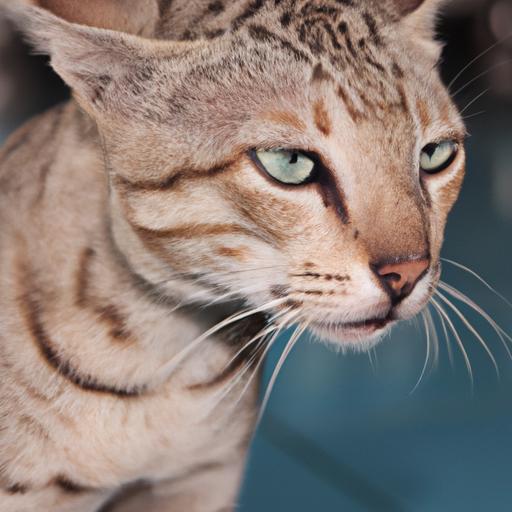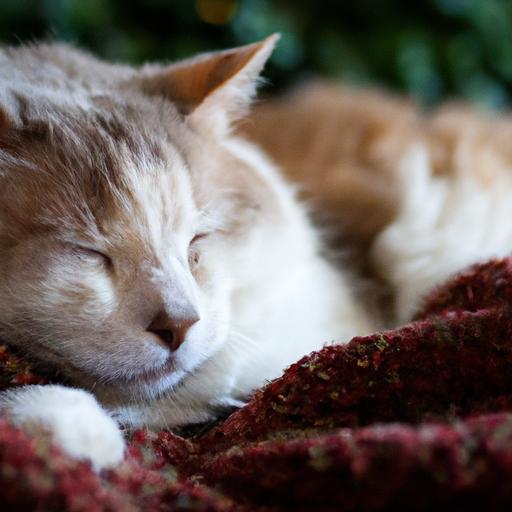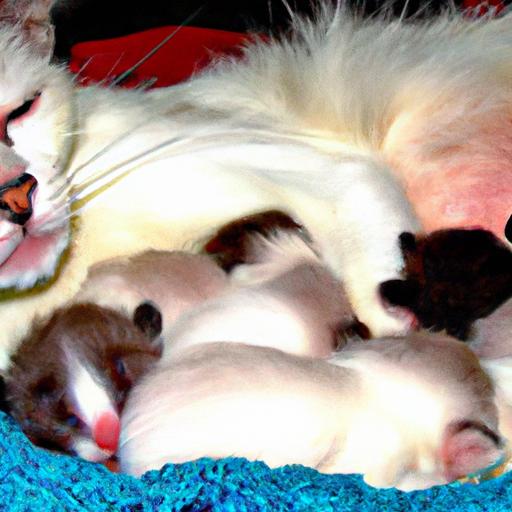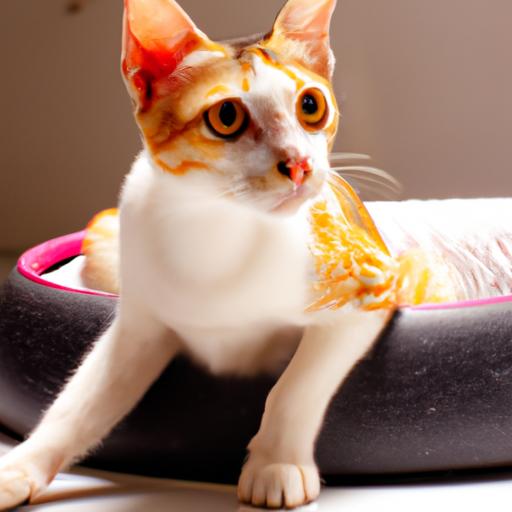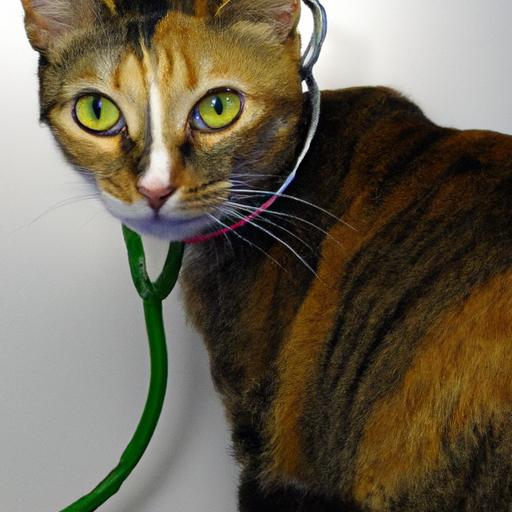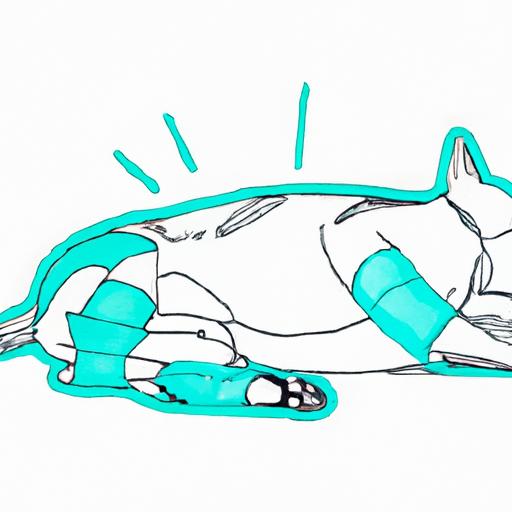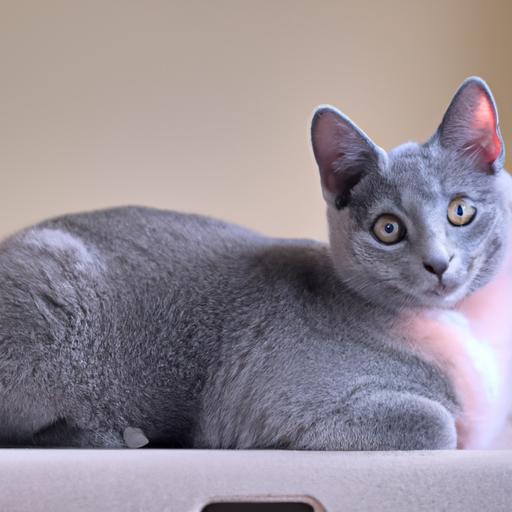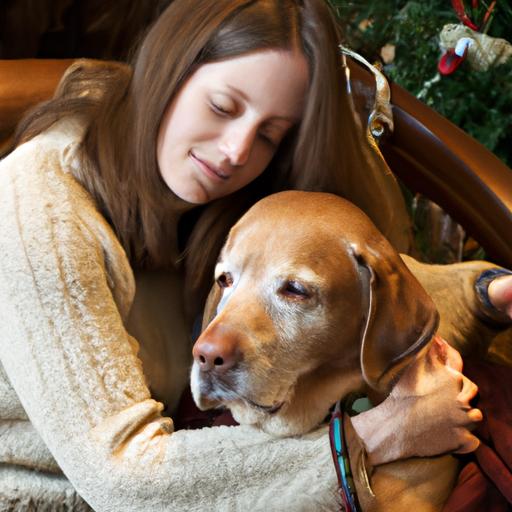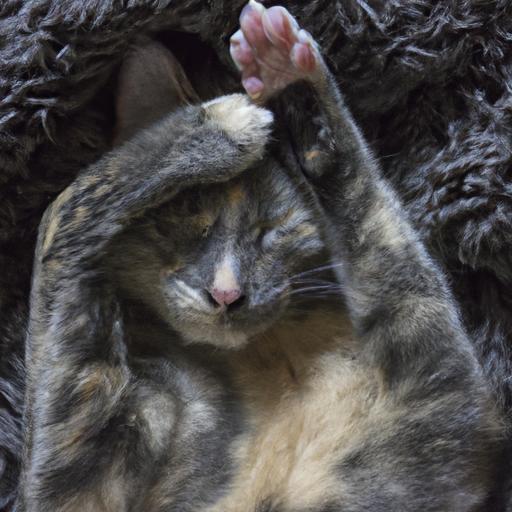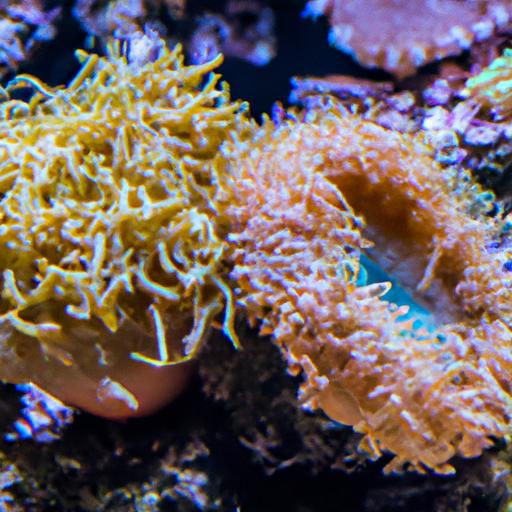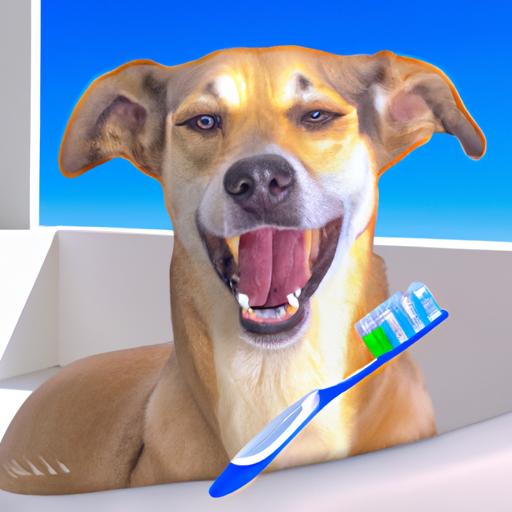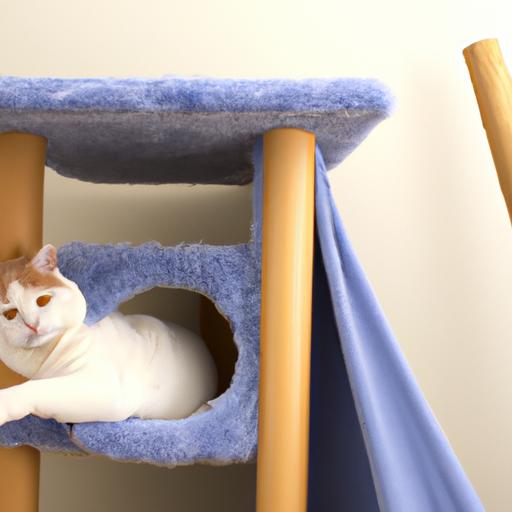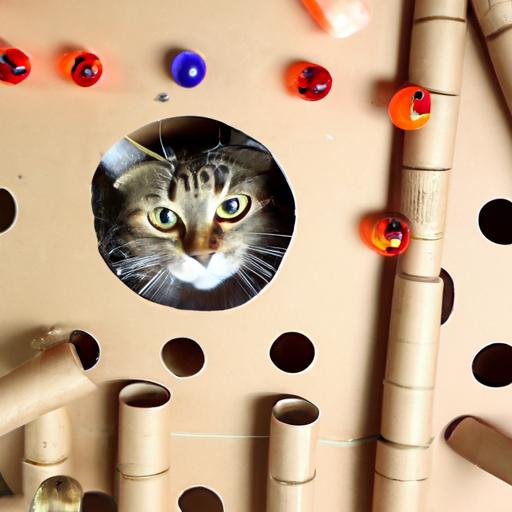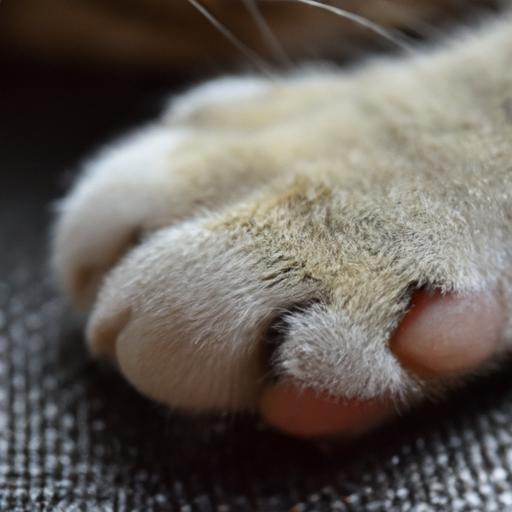
Cat Paw Pad Hyperemia: Causes and Solutions
Discover the causes and effective solutions for cat paw pad hyperemia. Learn how to prevent and treat this condition for your feline companion.
Introduction
Cat paw pad hyperemia refers to the condition where a cat’s paw pads become red and inflamed. If you notice your furry friend’s paw pads looking redder than usual, it’s important to understand the causes behind this condition and find appropriate solutions. In this article, we will explore the various factors that contribute to cat paw pad hyperemia and provide effective solutions to alleviate the discomfort for your beloved feline companion.
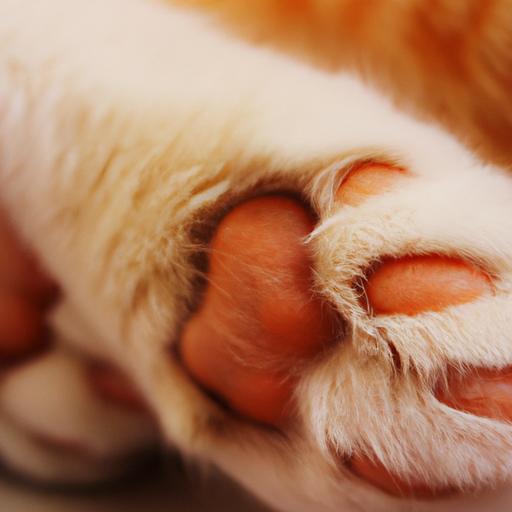
Causes of Cat Paw Pad Hyperemia
Environmental Factors
Environmental factors play a significant role in causing cat paw pad hyperemia. Hot surfaces, such as scorching pavements or sandy beaches in the summer, can lead to paw pad inflammation. Similarly, exposure to cold and icy surfaces during winter can also cause irritation and redness. By being mindful of your cat’s environment and ensuring they have suitable surfaces to walk on, you can help prevent this condition.
Allergies
Just like humans, cats can develop allergies too. Allergens such as pollen, certain plants, cleaning products, or even certain types of litter can cause an allergic reaction in your cat, leading to paw pad hyperemia. Identifying and eliminating these allergens from your cat’s surroundings can significantly reduce the occurrence of this condition.
Infections and Diseases
Infections and underlying diseases can also contribute to cat paw pad hyperemia. Bacterial or fungal infections, such as dermatitis or yeast infections, can cause inflammation and redness in the paw pads. Additionally, autoimmune diseases like pemphigus or lupus can also manifest as paw pad hyperemia. Seeking veterinary care and appropriate treatment is crucial in these cases to address the root cause and alleviate the symptoms.
Trauma and Injuries
Physical trauma and injuries can result in cat paw pad hyperemia. Sharp objects, rough surfaces, or accidental stepping on something sharp can cause cuts, punctures, or abrasions on the paw pads, leading to inflammation and redness. It’s essential to examine your cat’s paws regularly for any signs of injuries and provide proper care to prevent infection and promote healing.
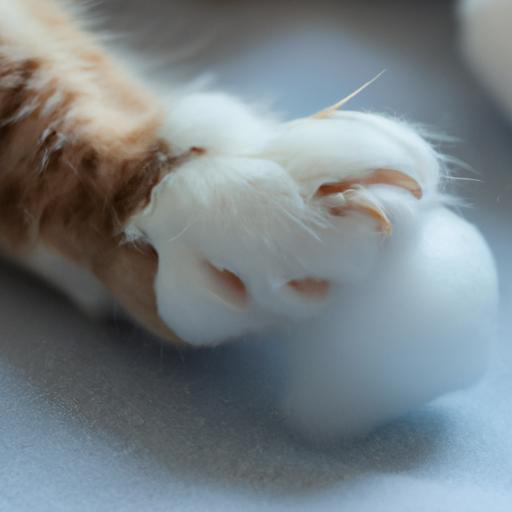
Solutions for Cat Paw Pad Hyperemia
Providing a Clean and Safe Environment
Maintaining a clean and safe environment for your cat is paramount in preventing paw pad hyperemia. Regularly sweep and mop the floors to remove dust and allergens. Opt for non-toxic cleaning products to avoid any irritants. Additionally, ensure that your cat’s litter box is kept clean and free from any potential allergens or irritants. By keeping their surroundings clean, you can minimize the risk of paw pad irritation.
Identifying and Eliminating Allergens
If your cat is prone to allergies, it’s essential to identify and eliminate potential allergens from their environment. Consult with your veterinarian to determine the specific allergens affecting your cat. This may involve adjusting their diet, avoiding certain plants or flowers, or using hypoallergenic products. By proactively managing your cat’s exposure to allergens, you can help reduce the occurrence of paw pad hyperemia.
Seeking Veterinary Care for Infections and Diseases
If you suspect that an infection or underlying disease is causing paw pad hyperemia in your cat, it is crucial to seek veterinary care. A thorough examination by a veterinarian will help identify the root cause and determine the appropriate treatment. Depending on the diagnosis, your veterinarian may prescribe medications, topical ointments, or recommend lifestyle changes to manage the condition effectively.
Treating and Managing Paw Pad Injuries
In the case of trauma or injuries to the paw pads, proper treatment and care are essential for healing and preventing further complications. Clean the affected area gently with mild antiseptic solution and apply a pet-safe wound ointment. If the injury appears severe or doesn’t improve within a few days, consult your veterinarian for further evaluation and guidance. It’s crucial to ensure that your cat’s paw pads are kept clean and protected during the healing process to avoid infection.
FAQ about Cat Paw Pad Hyperemia
What are the common symptoms of cat paw pad hyperemia?
Common symptoms of cat paw pad hyperemia include redness, swelling, heat, and discomfort in the paw pads. Cats may also exhibit signs of lameness or avoid putting weight on the affected paws.
Can cat paw pad hyperemia be prevented?
While it may not be possible to prevent cat paw pad hyperemia entirely, you can take preventive measures to minimize the risk. This includes providing suitable walking surfaces, maintaining cleanliness, and identifying and eliminating potential allergens from your cat’s environment.
How long does it take for cat paw pad hyperemia to heal?
The healing time for cat paw pad hyperemia varies depending on the underlying cause and severity of the condition. Mild cases may resolve within a few days with appropriate care, while more severe cases may take several weeks or longer to heal completely.
Are there any home remedies for cat paw pad hyperemia?
While home remedies may provide temporary relief, it is essential to consult with a veterinarian for proper diagnosis and treatment. Home remedies such as applying a cool compress or using natural moisturizers may offer some relief, but they should not replace professional veterinary care.
Conclusion
Cat paw pad hyperemia can cause discomfort and distress to your feline companion. By understanding the causes and implementing appropriate solutions, you can help alleviate their discomfort and promote their overall well-being. Remember to create a clean and safe environment, identify and eliminate potential allergens, seek veterinary care for infections or diseases, and provide proper treatment for injuries. By taking these measures, you can ensure your cat’s paw pads remain healthy, allowing them to roam and play without discomfort.

